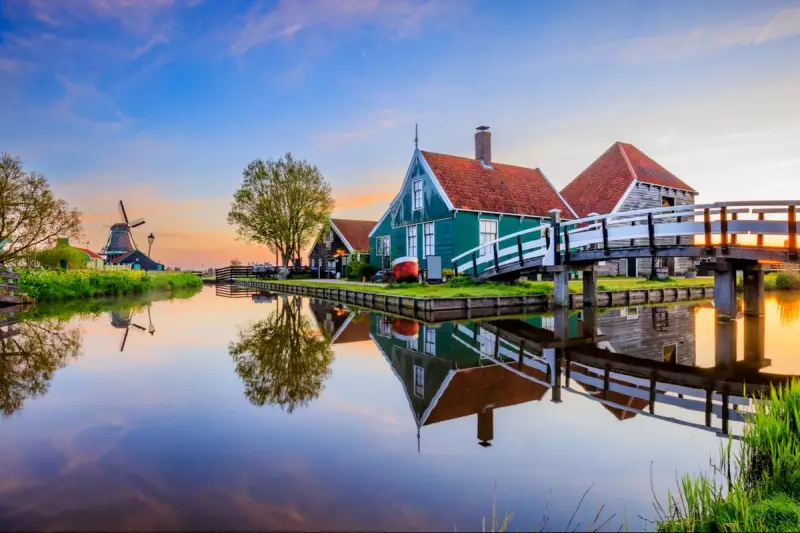
The picturesque windmills of Zaanse Schans, one of the Netherlands' most photographed landmarks, will soon require international visitors to pay an admission charge under new plans announced by local authorities.
Starting in 2025, overseas tourists will need to purchase tickets to access the iconic open-air museum, while Dutch residents will continue to enjoy free entry to preserve their cultural heritage access.
Managing Tourism Pressures
The decision comes as the village struggles with overwhelming visitor numbers that threaten the preservation of its historic structures and disrupt local community life. Local officials describe the move as essential for sustainable tourism management.
"We're facing enormous pressure from visitor numbers," explained a municipality representative. "This system allows us to maintain the site properly while keeping it accessible to Dutch citizens who consider this part of their national heritage."
Preserving Living History
Zaanse Schans isn't merely a tourist attraction but a functioning historical village where traditional crafts including wooden clog-making and cheese production continue alongside the operational windmills that once powered the Dutch industrial revolution.
The revenue generated from the new entry fees will be directed toward:
- Maintenance and restoration of historic windmills
- Infrastructure improvements for visitor facilities
- Preservation of traditional crafts and demonstrations
- Environmental protection of the surrounding landscape
Practical Information for Travellers
While the exact pricing structure remains under development, authorities have confirmed that advance online booking will be available. The system aims to spread visitor numbers more evenly throughout the day and year, reducing peak-time congestion.
The windmill village joins other European landmarks including Venice and Barcelona in implementing measures to address the challenges of overtourism while protecting cultural treasures for future generations.





